Coulsdon Town centre forms part of the Croydon regeneration area, Cane Hill is a suburban extension celebrating the natural and historic character of an established site. Homes were planned around existing trees giving the development an established and settled feel and preserving ecosystems. At all points, the character of the existing topography, long views of the site and the existing trees have driven the design resulting in housing strongly related to the natural context. A network of green spaces has been provided to unlock access to the countryside for the new and existing community.

Cane Hill
A new neighbourhood which maximises an established landscape with significant heritage features.
One Place, Many Stories
Architecture

What makes Cane Hill significant and unique



How are the homes at Cane Hill designed for quality?
A variety of homes of different scales and tenures have been provided for our client Barratt, 25% of which are affordable homes. The architecture has been designed to respect the character of the local area. The warm toned masonry used for the new homes is in keeping with the materiality of the preserved water tower and chapel. The homes have a contemporary feel with clean, simple lines. Generous windows provide a human scale, and brick corbelling provides visual interest. Garages and car parks are placed on plots behind the building line to minimise the impact of cars on public spaces. All homes are carefully positioned to ensure clear views out of windows and a positive relationship with the site’s topography and retained mature trees.




Cane Hill Park explores how new neighbourhoods can integrate with their context, create a diverse range of homes that share a common basis and embrace the opportunities of a mature landscape with a rich heritage. A Design Code captured this process and was incorporated into the planning process. HTA’s team designed a range of details for all the critical elements of the façade, and we returned to the site regularly to review where designs had been successful and where there was scope to further improve aspects of both the design and the delivery in subsequent phases. Detached houses are arranged in gentle sweeps to follow the hillside’s contours and reduce the impact on views. At all points, the character of the existing topography, long views of the site, and the existing trees have driven the design, resulting in housing strongly related to its natural context. Phase 1 comprises houses from 2 to 3 storeys in height, providing accommodation ranging from 2 to 5 bedrooms for diverse housing needs.



How was heritage preserved to bring identity?
Pre-existing, locally listed heritage structures including a water tower and the hospital chapel and administrative building have been preserved and carefully stitched into the masterplan for the site framing the new village green. The chapel has been repurposed as a community building and the water tower creates a distinctive landmark for this new hillside site. Today, these buildings are at the heart of defining Cane Hill as a unique place, providing focal points that aid navigation and echo the site’s historic radial composition creating a new village green at the crown of Cane Hill.

How are homes arranged for integration into the landscape?
The development is organised into distinct character areas which use a different design approach tailored to the specific qualities of each part of the site. A central ridge of mature trees forms a linear park bordered by the formal terrace of gable fronted houses, forming the Ridgeway character area.
Detached houses are arranged in gentle sweeps to follow the contours of the hillside and reduce the impact on views. At all points the character of the topography, long views onto the site, and the existing trees, have driven the design, resulting in housing that relates strongly to context.




Landscape Design

What were the challenges facing landscape delivery at Cane Hill?
Delivering Cane Hill was dependent on defining an approach to address multiple site challenges. Our design responds successfully to key policy constraints including designation as Greenbelt, as a Site of Importance for Nature Conservation and its importance as an Archeology Priority Zone.
The Greenbelt designation, combined with the site’s topography meant that the development was particularly sensitive to views from surrounding areas. A ridge rises steeply to the south of the town centre and runs north to south through the centre of the new development. Along this spine, significant numbers of mature trees and pockets of woodland are protected by a blanket Tree Preservation Order covering over 1000 trees. We responded to this by mapping every tree on site so they could be preserved.
.
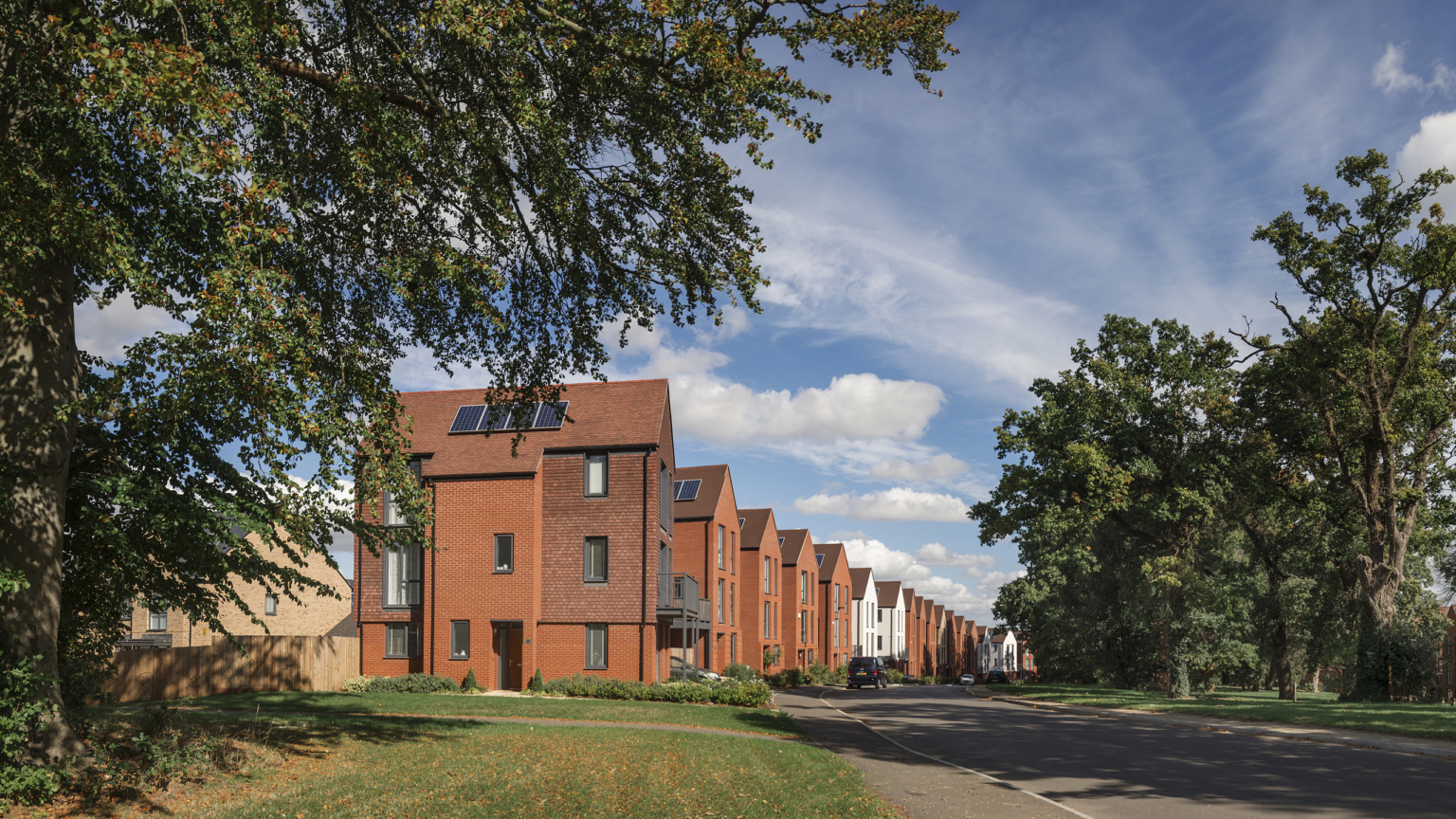



How does landscape design stitch Cane Hill into the wider context?
A landscape first approach at Cane Hill sets the new development within a mature framework of woodland, hedgerows and trees, providing a desirable green neighbourhood from the outset. This ambitious project has created a strong sense of identity that provides new facilities for Coulsdon and opens up access to the Greenbelt.
Cane Hill strengthens links to Coulsdon Town Centre and opens up public access to inaccessible farmland with a series of recreational trails that connect to long distance walking routes such as the London Loop and Farthing Downs Site of Special Scientific Interest as well as creating links to Coulsdon South Railway Station.

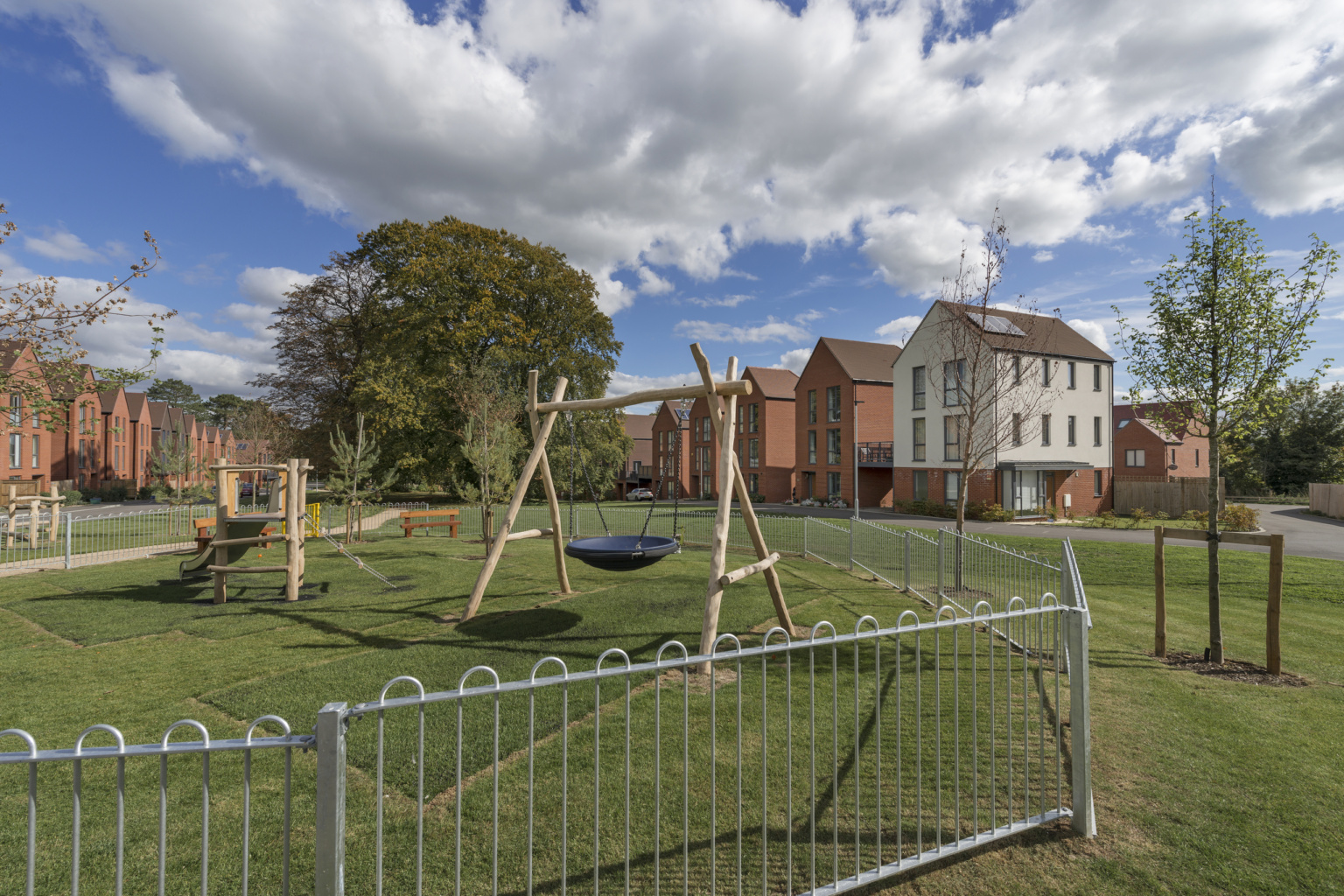
A green infrastructure network links the open spaces within the development, combining recreational spaces and play with enhanced wildlife corridors and biodiversity. It encourages a healthy lifestyle by offering various uses and characters to appeal to a diverse audience. The new village green forms the focus of residential life at Cane Hill and provides the perfect start to walks that enjoy the dramatic landscape of the North Downs chalk uplands.



A new country park is the principal organising feature of the public realm. The neighbourhood is structured around this. It provides a walking and cycling route that winds through the existing mature trees. The park forms part of a series of recreational trails suitable for a wide range of abilities, from short circular walks within the site, to longer distance trails connecting to the wider countryside.




Did specialist knowledge play an important role in responding to the landscape at Cane Hill?
We worked closely with ecologists, arboriculturalists and sustainability consultants to create a picturesque landscape that reinforces local distinctiveness. Species rich chalk meadows are located on rising ground and mature woodland on clay uplands. A network of ditches and ponds form an integral part of the SUDs strategy.



Sustainability & Building Physics

What was the approach to achieve sustainable homes?
New homes at Cane Hill are designed to meet the standard set by London’s Housing SPG and Code for Sustainable Homes Level 4. Large windows provide fantastic daylight to interiors, reducing the need for lighting. All houses are supplied with solar panels to generate renewable energy. A ”fabric first” approach has been taken to achieve housing that is energy efficient. The aim is to provide housing, enabling residents to live more sustainably and increase the local community’s opportunities to reduce energy use.



How has a site wide approach to sustainability outcomes?
We considered and amplified the site’s ecology, location, connectivity and proximity to local facilities. Careful mapping and digital modelling allowed us to retain trees providing the shading to the buildings and cooling the site. Understanding and respecting the local ecology has been a key aspect of our design. We have treated the landscape and ecology as an amenity that can enhance the lives of local people and provide a more sustainable environment for the future. We have amplified connection to local facilities and infrastructure, providing increased opportunity for sustainable transport throughout the site and beyond.


Planning

How did you work collaboratively to ensure this sensitive site could become a new neigbourhood?
We worked closely with the GLA, council officers and local residents to develop the scheme which we also presented to scrutiny panels such as CABE and the then London Mayor, Boris Johnson. Our integrated planning team worked alongside our design team to achieve outline and reserved matters approval for the scheme, following which we prepared the technical design for the first 167 homes and worked to discharge the landscape and access conditions for the remainder of the site



How did digital design enable a respect for the site and support the planning process?
To fully appreciate and understand these issues our design team produced a 3D model of the site to a high level of detail, incorporating all retained trees and buildings. This detailed approach allowed us to produce a highly responsive design, with individual houses positioned to make the most of views out to the landscape, whilst minimising the impact of views to the development.
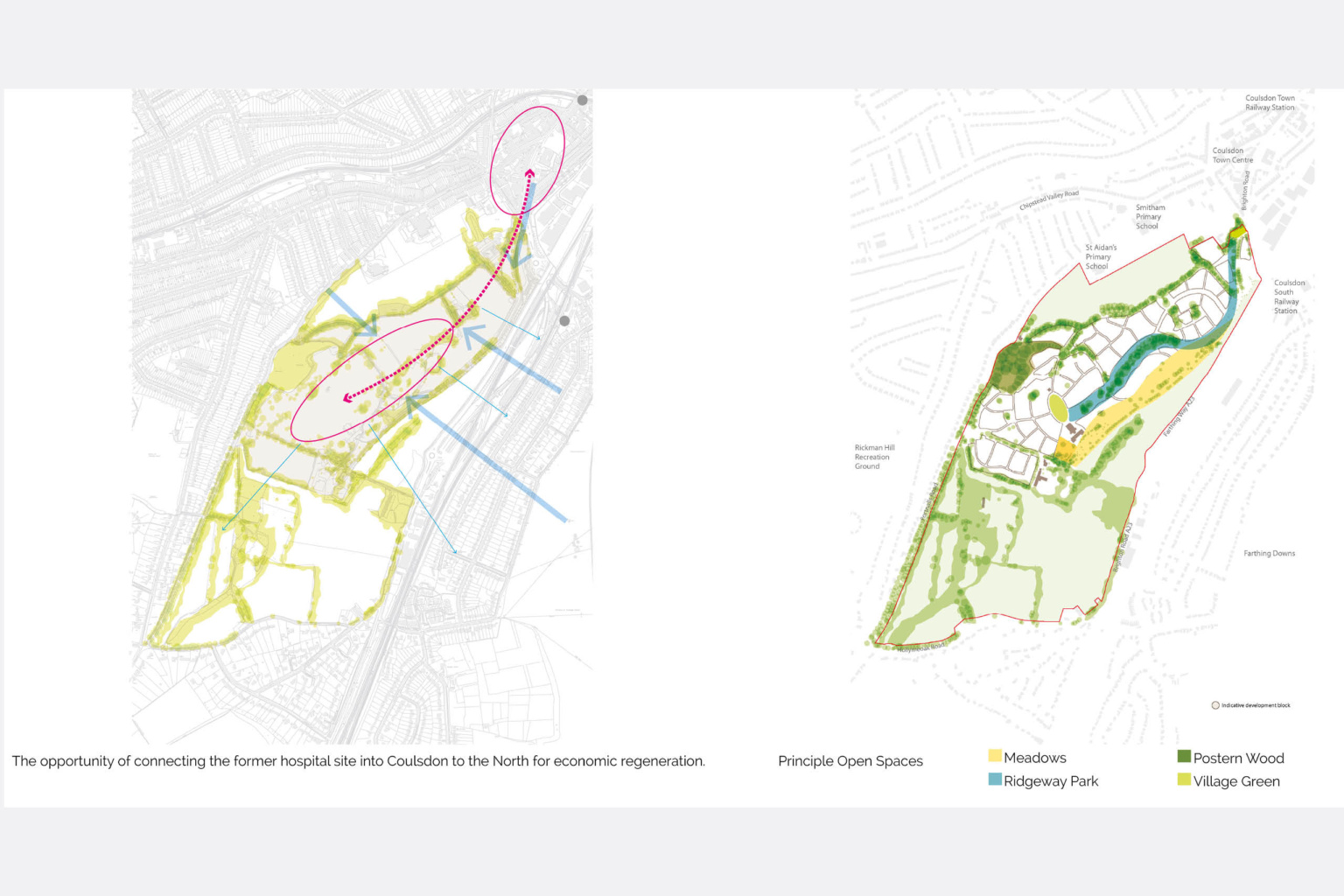

Our detailed approach to the site was instrumental in achieving support from Croydon Council’s planning team and the housing team at the GLA. The digital model was used to create photorealistic views and a fly through of the site, allowing stakeholder groups to better understand and comment on the proposals. A collaborative consultation process resulted in an agreed set of design principles, a high quality design proposal and a masterplan that reflected local and regional opinion.


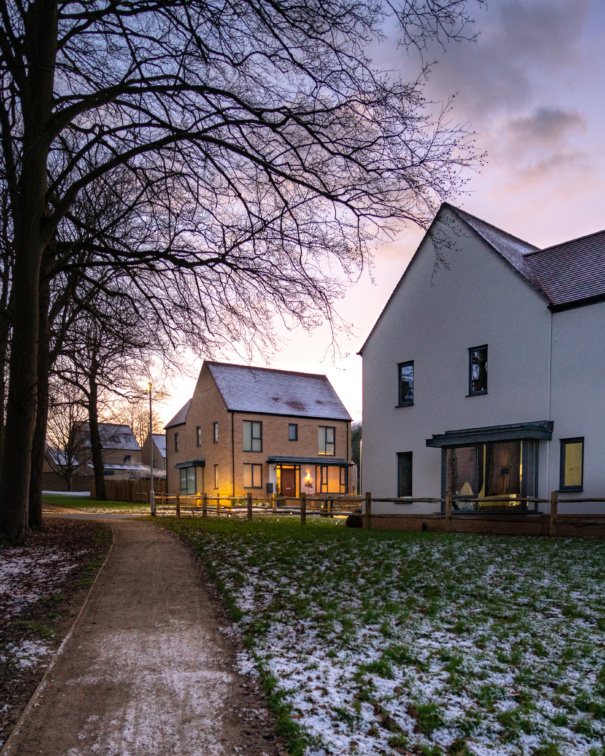
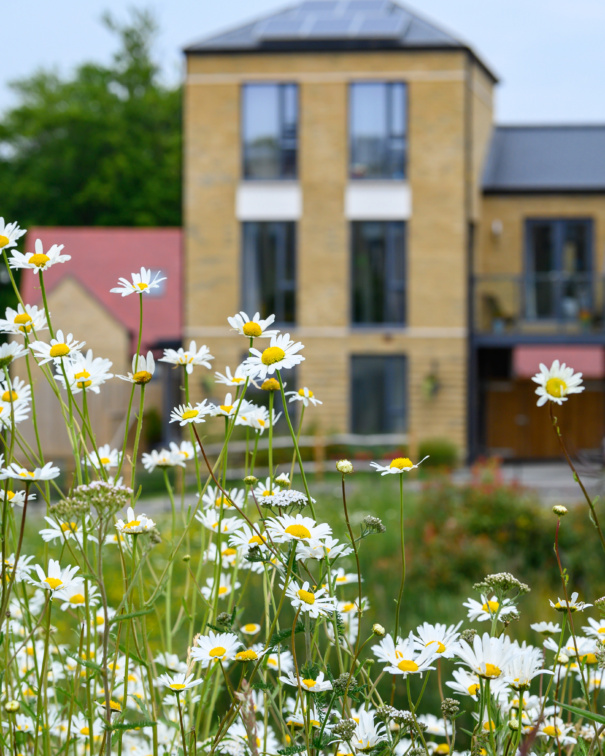
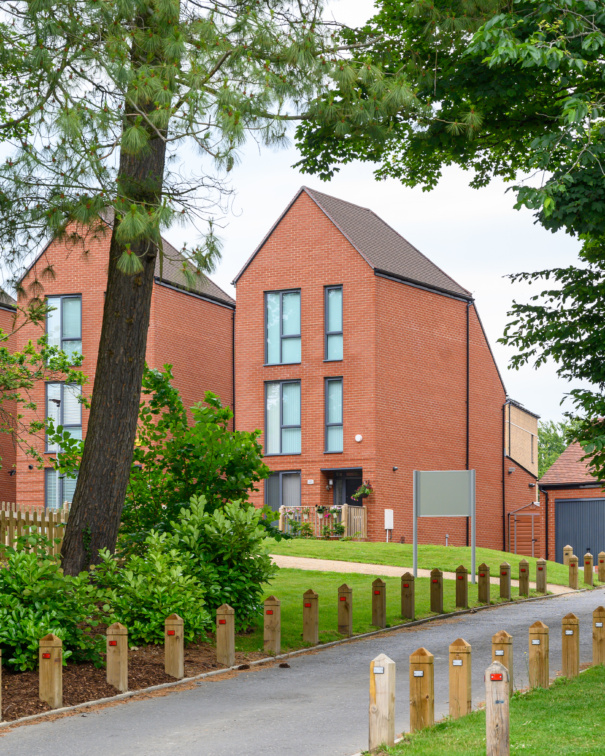
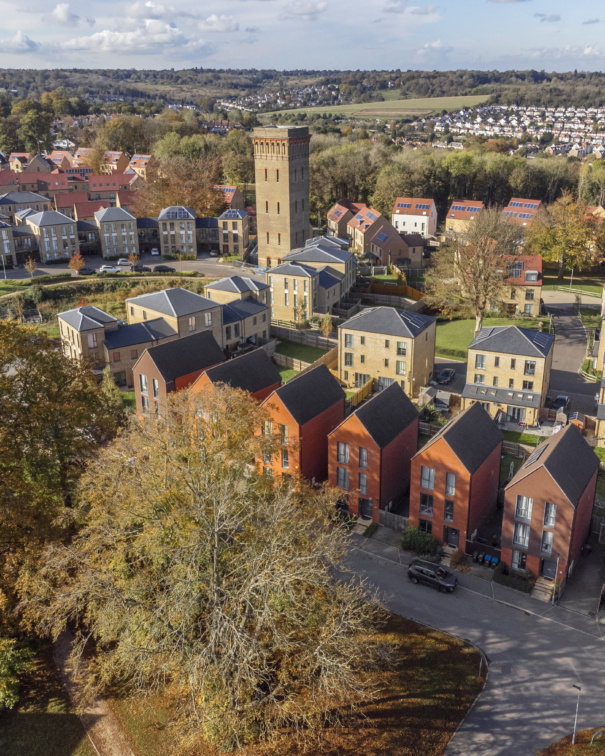
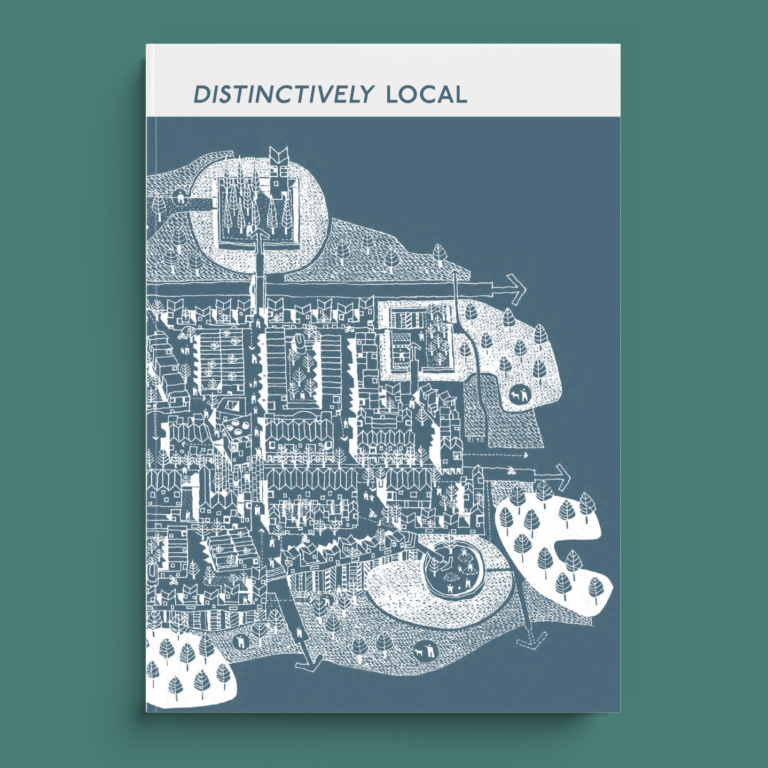
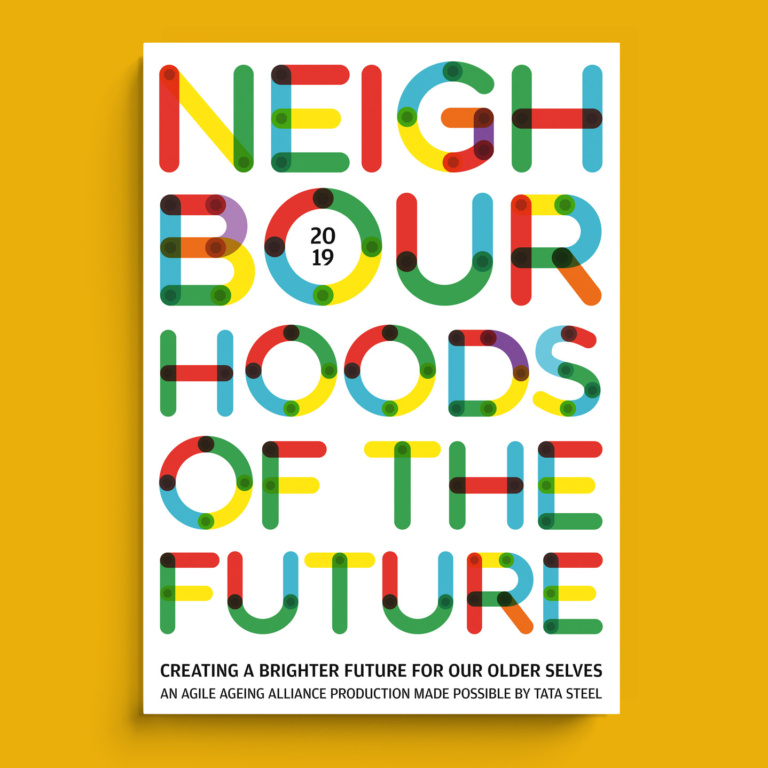

Vanessa Griffiths
Cane Hill